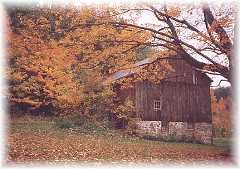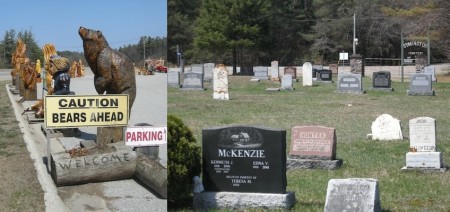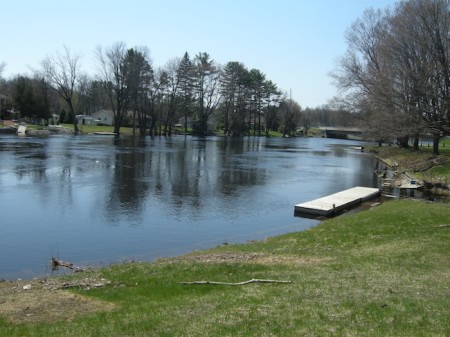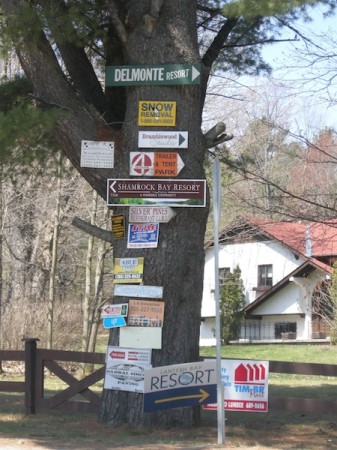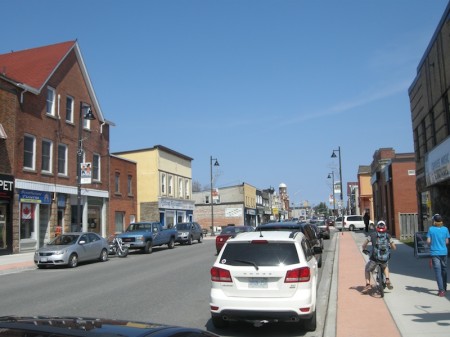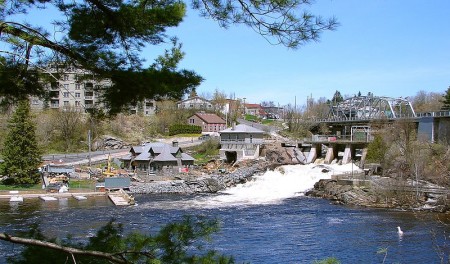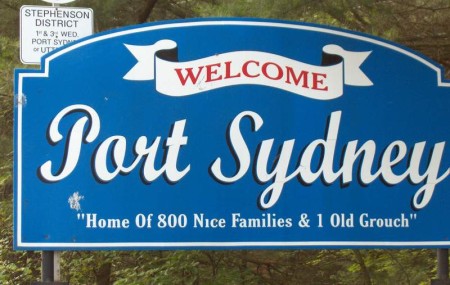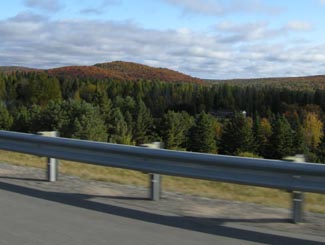London, Paris, Berlin, Rome, Philadelphia, Tokyo, Johannesburg, Moscow, and Barrie.
…wait a second.
How does Barrie fit into a list of world class international cities?
Barrie hosted Canada’s Live 8 concert at Molson Park, when Toronto couldn’t handle the last minute capacity due to other festivals and events. And Barrie was sufficiently far enough away from the Big Smoke that putting “Toronto” down on the list would have been misleading.
That must have felt good, Barrie. Real good.
Barrie is a suburban community of about 150 000 135 000 (175 000 if you count the greater area) that has the potential to be the next Brampton.
For the geographically challenged, or very narrow-minded, Barrie is considered the start of northern Ontario. But for everyone else on the planet, it’s completely clear that Barrie is in southern Ontario. So they’re at a bit of a crossroads. Barrie is also where Yonge Street ends and the real Highway 11 begins on its route across Ontario.
Barrie used to be a farming, industrial, and brewery town. But they developed much of the land and Molson’s closed up its operations so now Barrie is a regional centre and a suburb for those who work in Toronto’s suburbs or who are willing to do the commute all the way into the big city. This means that while it used to have more in common with towns like Sarnia or Stratford, some might say it now has more in common with Brampton. Barrie is Canada’s fastest growing city, at a whopping 25 percent between 2000 and 2005.
Highway 400 to Toronto is congested, busy, and used above capacity. This is especially true during cottage season and on long weekends. So be warned. While they say it only takes 50 minutes to go from Toronto to Barrie it’s usually about an hour and a half. Barrie has commuter train service via the GO Network, but if I recall correctly the station isn’t downtown. The government has introduced legislation to keep a belt of land between Toronto and Barrie essentially undeveloped, it is very likely that sprawl will simply hop this area, called the “greenbelt”, and continue to develop it on both sides.
Barrie also gained international notoriety for having one of Canada’s largest drug busts. Someone had converted part of the old Molson’s brewery into a secret pot operation and it apparently flourished until getting busted. Everyone was really surprised.
To me, a product of the southern Ontario suburbs, Barrie isn’t particularly different…it is a lot like home. Its population is large enough to give you some stuff to do. The Barrie Colts are the local junior hockey team. There are two ski hills in the area (Blue Mountain and Horseshoe Valley), and there are many beaches on Lake Simcoe. Barrie has a nice waterfront along Kempenfelt Bay, with boating, swimming, and other recreational opportunities. There are many cottages nearby as Lake Simcoe is a cottagey area. For those who like Art there is the Maclaren Art Centre and the annual Kempenfelt Arts Festival.
The Downtown offers good waterfront access, a fish and chip shop, and a few nice walks along Lake Simcoe. And there is a Pita Pit. Any town with a Pita Pit gets points from me. Barrie has made an effort to keep its downtown alive despite the box stores and these new outdoor mall plaza things that have taken over outskirts of every suburban city these days, including their own. Like any other city of this size, there are the usual indoor attractions, including miniputt, movies, and bowling.
I’ve received a fair amount of emails (okay, six) complaining that I painted Barrie as dry, uneventful and homogenous. In a sense, it is. That’s not a criticism; that’s the point of the suburbs, including the one I called home for more than 20 years. Barrie doesn’t fit into the molds (e.g. rural, or northern, or isolated, or tiny, or non-existent) that apply to most of the towns on this site. So if anyone is from Barrie and thinks this doesn’t do the town justice, I’m sorry. That was never my intention. Please add to this – send me an email with your thoughts and tips: info (at) highway11 (dot) ca





